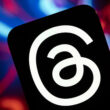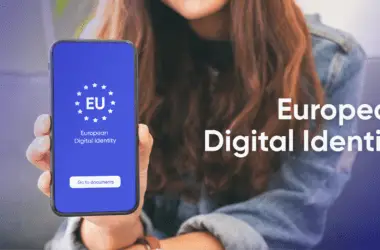You don’t necessarily have to be a tech geek, or someone who has interest in what happens in the tech space before you have heard the term “NFT”
NFT stands for Non-fungible token, and as complex as that sounds, it is as simple to understand as you can imagine. Let’s examine the seemingly difficult term first “Fungible”
Something is referred to as “Fungible” when it can be substituted or replaced by something that possesses the same value as it does. Let me explain using an everyday situation. Let’s say you and your friend got the ticket for a Wizkid concert. The tickets you both got are fungible because not only do they possess the same value, they can be exchanged with each other. You can take your friend’s tickets to Wizkid’s concert and your friend can take yours. They have no unique value but the same value and that makes them easily interchangeable, and therefore, Fungible
Using Cryptocurrency terms, a Bitcoin is fungible because 1 BTC can easily replace another 1BTC. They bear the same value. This is what fungible means.
However, something is referred to as Non-fungible when it possesses a unique value, i.e. peculiar to itself alone that it cannot be exchanged or substituted with another. This is where the concept of Non-fungible tokens comes in. They are encrypted assets that are developed on a blockchain technology with separate codes and metadata that makes them different from one another.
The keyword about Non-fungible tokens is that they are available only in digital form, and by virtue of that, they can literally be anything from music, artifacts, pictures, drawings, paintings, designs, and especially art.
How are NFTs created?
NFTs are bought and sold in marketplaces specifically designed for them. Examples of these marketplaces are OpenSea, Rarible, Decentraland, Foundation, SuperRare etc. To create an NFT, you would have to design this NFT first based on what you have; especially if it is a work of art or a painting. If it is music, a tweet or a program like games, you necessarily don’t have to do any designing since those are made available and belong to you.
Below is an image of NFTs by a famous Nigerian musician and NFT curator.

Once you have your design, all you need to do is tap the “create” button in the NFT marketplace you want and then upload your token. Your token in this case is the photo, painting, music or art you intend to upload.
Automatically, the marketplace creates an ID in your token that is peculiar to you alone. But how does this really work?
Well, it all happens thanks to a “little” code called “ERC-721”.
How ERC-721 code helps NFT functionality
NFTs are regarded as one of the most functioning creative and transaction programs in the world even more than crypto currency. While they abound in millions, NFTs bear unique Ids within them and this wonder can be traced to only one thing.
It is a smart contract code called “ERC-721” which translates to “Ethereum Requests for comments 721”. The ERC-721 was designed to be multi-functional and to bear the core code of a Non-fungible token.
First, ERC-721 heightens the unique difference in each token. It could be the design of the token, the rarity, the visuals or even the age. Since ERC-721 is automatically generated in each token, it becomes compulsory that the tokens bear unique value upon creation.
Besides, unlike crypto currency where 1BTC held by a user is the same as another 1BTC held by someone else, ERC-721 makes NFTs unique because there is a token ID that causes variation. This means each of the tokens has an ID that is particular to the owner. With the token ID, the owner of a token is indicated and it becomes possible to know the number of tokens available on a particular network.
ERC-721 also makes it possible to transfer a token from one account to the other. This is why it’s almost impossible to steal NFTs. As long as there is a token ID embedded with the use of the smart contract ERC-721, no one else has the authority to transfer another person’s token. This is why it’s also impossible to lay ownership or sell someone else’s design.









